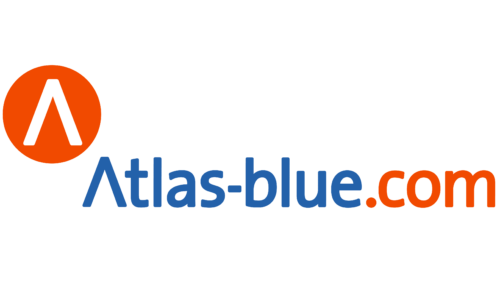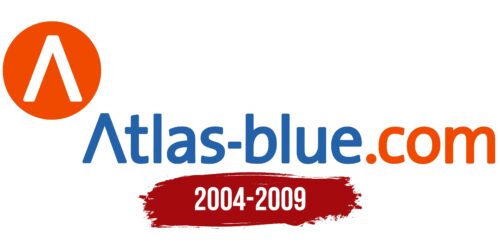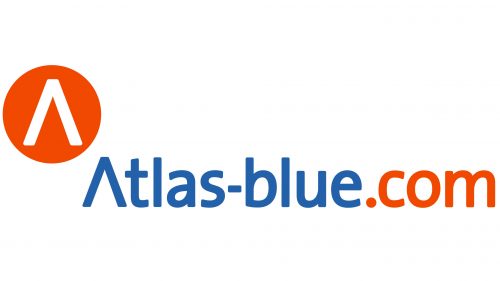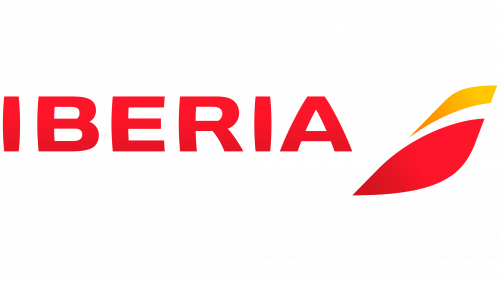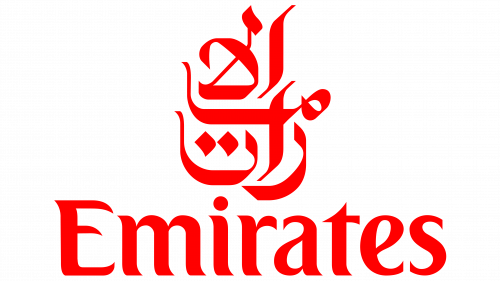The Atlas Blue logo demonstrates simplicity and customer focus. The carrier offers affordable tickets, making flights easier for tourists and locals. The company’s planes head toward the warm Moroccan sun depicted in the emblem, hinting at relaxation and comfort.
Atlas Blue: Brand overview
Atlas Blue was a budget airline based in Marrakech, Morocco. It operated from 2004 to 2009 and was created by Royal Air Maroc, Morocco’s national airline. The goal was to make air travel affordable and compete with other low-cost companies in the area.
Driss Benhima, the CEO of Royal Air Maroc at the time, started the airline because he believed that a budget company would help increase tourism in Morocco and make flying more accessible for Moroccans. It started with Boeing 737-400s flying from Marrakech-Menard and Tangier-Boujalef to European destinations such as France, Spain, Italy and Belgium.
Like other budget companies, it offered cheap base fares but charged extra for checked bags, meals, and seat selection. This pricing strategy helped decrease costs and attracted people seeking cheaper travel options.
The company quickly succeeded by making air travel accessible to more Moroccans and boosting tourism. It played a key role in promoting Marrakech and Tangier as tourist destinations.
Despite its successes, it faced challenges, including strong competition from other European budget companies and high fuel costs. The Moroccan aviation market was challenging.
In 2009, Royal Air Maroc merged the company with its operations as part of a larger effort to streamline the business and cut costs.
Although it lasted only five years, its influence was significant. This showed that the low-cost airline model could work in Morocco and helped make flying more affordable for many people.
Meaning and History
What is Atlas Blue?
It was a former Moroccan budget airline based in Marrakech, offering low-cost air travel to various destinations within Morocco and select locations in Europe. As a subsidiary of the flagship carrier Royal Air Maroc, it operated a fleet of narrow-body aircraft, such as the Boeing 737, configured for efficient and economical operations.
2004 – 2009
A Moroccan airline used its logo to advertise its website, where information and reservations are available. The text “Atlas-blue.com” was divided into two color blocks: everything before the dot was blue, and everything after it was orange. Most of the letters were lowercase. The exception was the letter “A,” which looked different due to the lack of a center horizontal line. The same symbol, consisting of two diagonals but white, was in the upper left corner of the orange circle.
The logo design is simple but effective. The contrasting blue and orange colors are eye-catching, making it easy to remember. The unique letter “A” also twists the logo, making it stand out from the plain text. The white symbol in an orange circle is a minimalistic version of the logo, suitable for small displays or icons.
